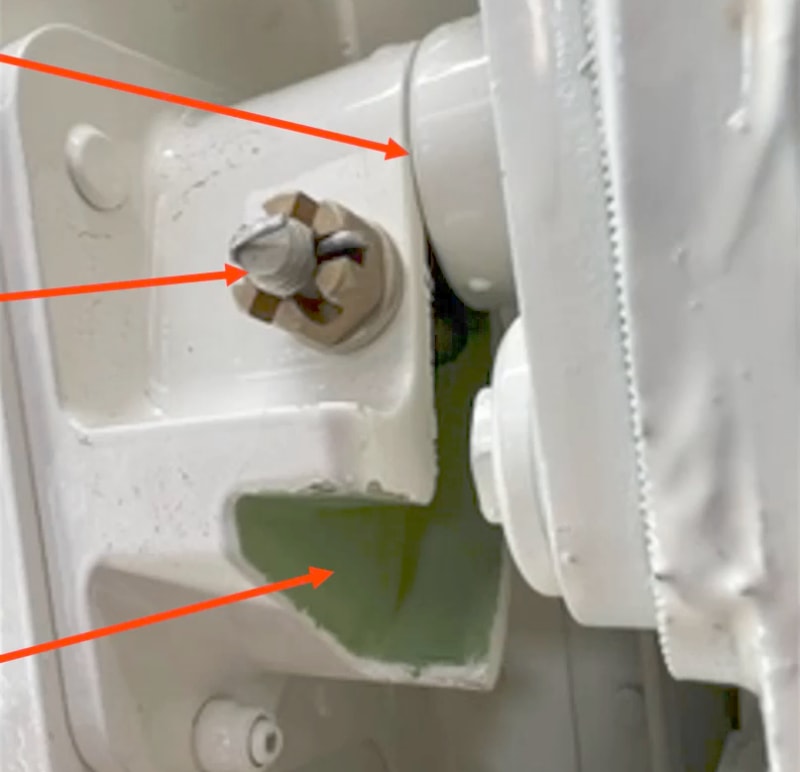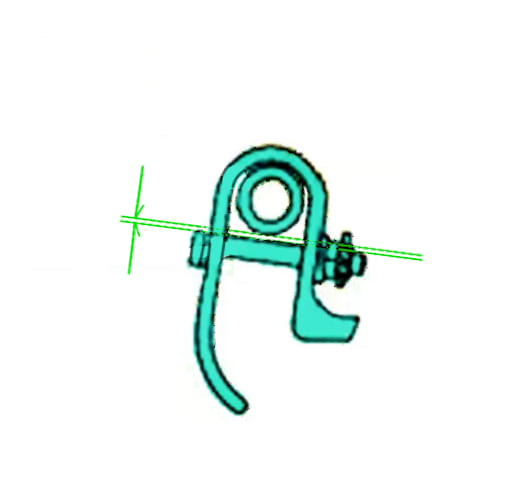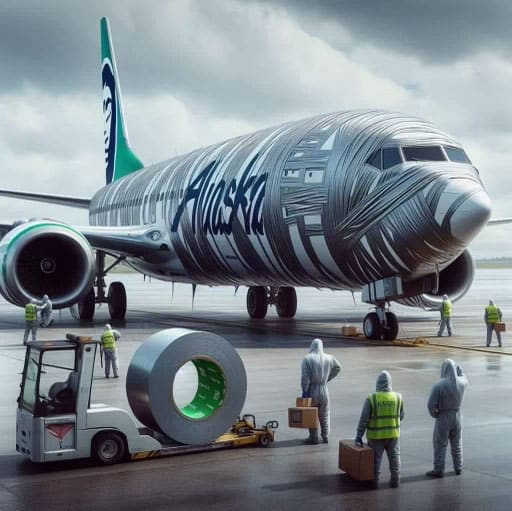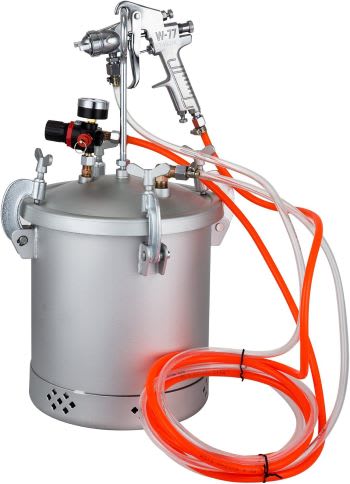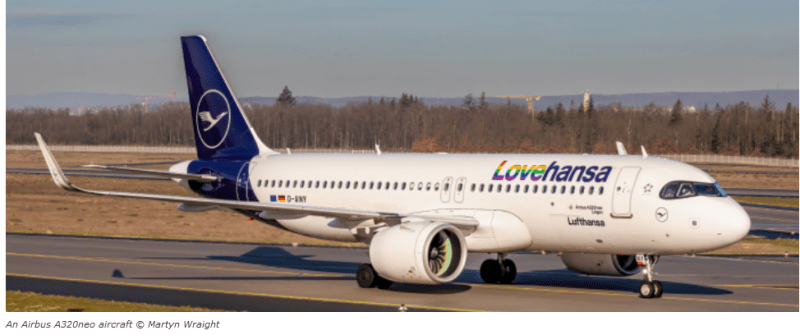3DDave said:I believe the pin bracket is adjustable, hence the use of bolts rather than rivets to fix it to the fuselage.
So that's:
12 stop pins
2 guide brackets
Maybe 2 hinges
16 points of adjustment at assembly to get one plug to close and seal correctly.

